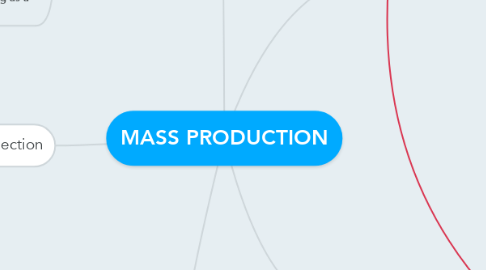
1. Consumer Driven
1.1. Price often outweighs ethics
1.2. Symbolises the greed of apparel industry
1.3. What retailers use sweatshops?
1.3.1. Armarni
1.3.2. Gap
1.3.3. Nike
1.3.4. Levi's etc
1.4. High street or Luxury?
1.5. Some companies now use Ethical sourcing as a branding stratgy
2. Data Collection
2.1. Secondary Research
2.1.1. Books
2.1.2. Journals
2.1.3. Articles
2.1.4. Visual Imagery
2.1.5. Case Studies
2.2. Primary Research
2.2.1. Questionnaire
2.2.2. Interviews
2.2.3. Use findings to talk about consumer attitudes
3. History
3.1. How have sweatshops developed in the last 20 years
3.1.1. For better or worse?
3.1.2. Economical changes
3.1.3. What has been done to change the way sweatshops work
3.2. History of Labour laws
3.3. Consumer knowledge
3.3.1. Media Coverage
3.3.2. Case Studies
4. Sweatshops
4.1. Ethical/ Moral effects
4.1.1. Explotation
4.1.2. Violation of Labour laws
4.1.2.1. Child Labour
4.1.2.2. Bangladesh 2013, Rana Plaza Case study
4.2. LEDCS
4.2.1. Bangladsesh
4.2.2. Honduras
4.2.3. Asia
4.3. Ecomomical effects
4.3.1. Keeps retail prices low
4.3.2. Use Stats
5. Benefits/ Negatives
5.1. BENEFITS
5.1.1. Provides Jobs
5.1.2. Keeps woman away from arranged marriges
5.1.3. Allows workers to provide for families
5.1.4. Keeps workers from sourcing money in other ways, (Prostitution or Crime)
5.1.5. Key contributor to the Fashion High street industry
5.2. Negatives
5.2.1. Working Conditions are Unsafe
5.2.2. Less than the living wage
5.2.3. Some workers get physically abused
5.2.4. Child Labour
5.2.5. Unrealistic Targets
5.2.6. No Job security
